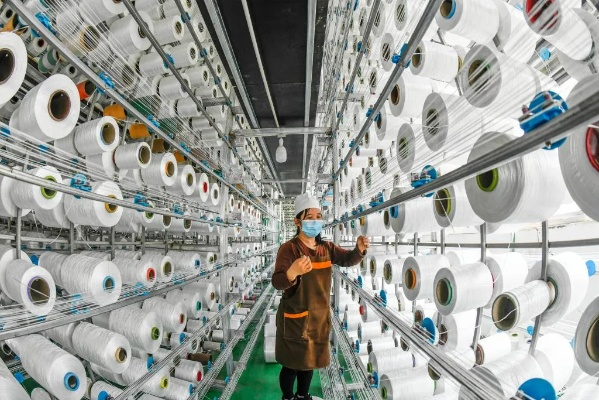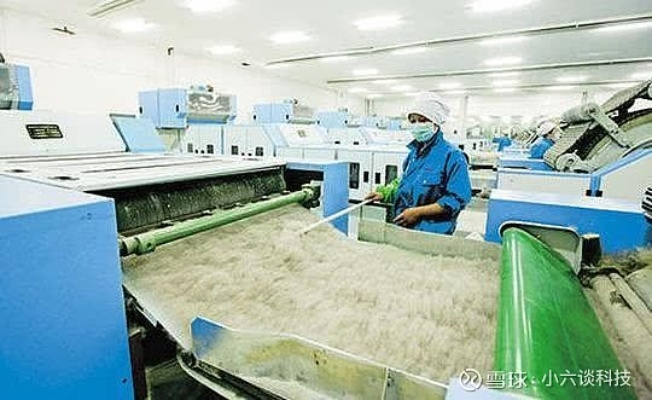Textile Inspection Key Points:A Comprehensive Guide to Quality Assurance
: Textile Inspection Key Points: A Comprehensive Guide to Quality Assurance,Abstract: This paper aims to provide a comprehensive guide on textile inspection key points, ensuring quality assurance. The focus is on the importance of proper inspection methods and techniques, as well as the significance of maintaining high standards in both production and post-production processes. The guide emphasizes the need for regular training and education of personnel to enhance their ability to identify and resolve issues promptly. Additionally, it highlights the role of advanced technology in improving inspection efficiency and accuracy. Overall, this paper serves as a valuable resource for anyone involved in the textile industry, providing essential insights into achieving quality assurance through effective inspection strategies.
Introduction: Textile products, from clothing and home textiles to industrial materials, are integral to our daily lives. They require rigorous testing to ensure they meet the standards set by international regulations and industry best practices. This guide will provide essential knowledge on how to conduct textile inspections, including common types of tests, their purposes, and how to interpret results. Additionally, we'll explore some real-life cases where textile inspections have been crucial in ensuring product quality and safety.
Common Testing Methods:
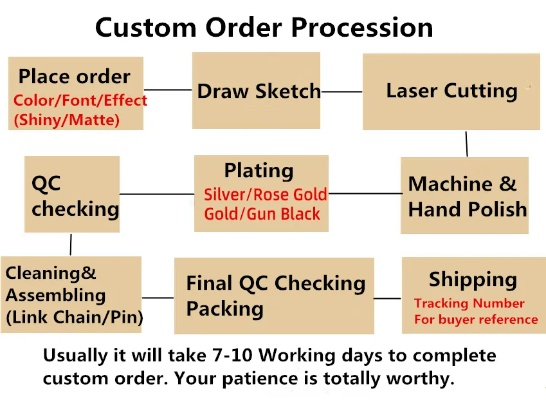
- Material Testing: This involves checking the composition of the fabric to ensure it meets specific requirements for color, texture, and durability.
- Structural Testing: This includes measuring the strength and flexibility of the fabric to assess its ability to withstand wear and tear.
- Chemical Resistance Tests: These evaluate the fabric's resistance to chemicals, such as water, oil, and acids, that could potentially damage or discolor it.
- Moisture Resistance Tests: These measure the fabric's ability to retain moisture and prevent mildew growth.
- Flammability Tests: These check the fabric's combustibility to determine if it poses a fire risk.
- Dyestuff Tests: These involve examining the dyes used in the fabric to ensure they do not release harmful substances into the environment.
- Bacterial Count Tests: These test the fabric for the presence of bacteria to ensure it does not harbor pathogens.
- Environmental Friendliness Tests: These assess the environmental impact of the fabric's production process.
Interpreting Test Results: Once the tests are completed, it's important to understand how to interpret the results. For example, a high level of chemical resistance might indicate that the fabric is durable and resistant to common household cleaners. A low count of bacteria might suggest that the fabric is hygienic and safe for sensitive skin. However, it's also crucial to consider other factors such as the intended use of the fabric and any additional certifications or standards it may need to meet.
Case Study: One real-world example of the importance of textile inspections occurred when a major fashion brand was accused of using substandard materials in their clothing. The company conducted thorough testing on all their fabrics and materials before producing any products, ensuring they met stringent standards for quality and safety. This transparency and commitment to quality helped rebuild consumer trust and protect the brand's reputation.
Conclusion: In conclusion, textile inspections are an essential part of ensuring the quality and safety of textile products. By understanding the different types of tests and how to interpret test results, businesses can better manage their supply chain and avoid costly mistakes in the future. In addition, companies should prioritize transparency and accountability in their testing procedures to build trust with customers and regulatory bodies alike. With proper inspections, textile products can continue to be a vital part of our everyday lives, providing comfort, style, and functionality.
大家好!今天我们将一起探讨纺织品检验的相关知识,纺织品检验是确保产品质量的重要环节,它涉及到纺织材料的性能、质量、安全性等多个方面,下面我们将通过表格和案例来详细介绍纺织品检验的相关知识。
纺织品检验的基本概念
-
纺织品检验的定义 纺织品检验是对纺织品的质量、性能、安全性等进行检测和评估的过程,它包括对原材料的检验、成品的检验以及质量管理体系的检验等。
-
纺织品检验的目的 纺织品检验的主要目的是确保纺织品符合相关标准和法规要求,保证产品质量,提高纺织品的安全性和可靠性。
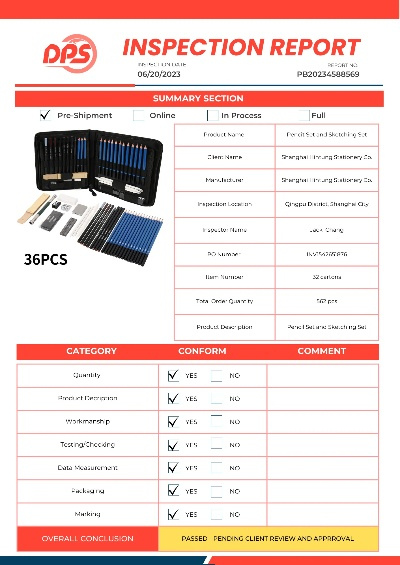
纺织品检验的流程
-
样品准备 在进行纺织品检验之前,需要准备好样品,样品应该包括原材料、成品以及相关的技术文件和记录。
-
检测方法选择 根据纺织品的特点和需要检测的项目,选择合适的检测方法,常用的检测方法包括物理性能测试、化学成分分析、微生物检测等。
-
实验操作 按照检测方法的要求,进行实验操作,实验过程中需要注意控制环境、操作规范等。
-
结果分析 对实验结果进行分析,得出检验结论,如果发现不合格产品,需要及时进行处理和整改。
纺织品检验的案例说明
某品牌纺织品的质量检验 某品牌在生产过程中,对原材料进行了严格的检验和控制,在成品的检验过程中,采用了多种检测方法,包括物理性能测试、化学成分分析等,经过检验,发现该品牌纺织品符合相关标准和法规要求,产品质量可靠。
纺织品安全性的检验 在纺织品安全性的检验中,需要关注产品的有害物质含量、微生物污染等指标,通过微生物检测,可以确保纺织品符合相关标准和法规要求,保证产品的安全性和可靠性,还需要关注产品的环保性能,确保产品符合国家环保标准。
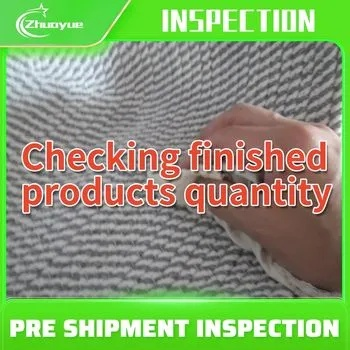
纺织品检验的相关知识补充
-
纺织品检验的标准和法规 纺织品检验的标准和法规是确保纺织品质量的重要依据,不同的国家和地区有不同的标准和法规要求,需要按照相关法规进行检验。
-
纺织品检验的技术手段 纺织品检验的技术手段包括物理性能测试、化学成分分析、微生物检测等,不同的技术手段适用于不同的纺织品类型和检测项目,在选择技术手段时,需要根据纺织品的特点和需要检测的项目进行选择。
-
纺织品检验的质量控制 纺织品检验的质量控制是确保检验结果准确可靠的重要环节,质量控制包括样品准备、检测方法选择、实验操作、结果分析等多个环节,在质量控制过程中,需要注重各个环节的质量控制,确保检验结果符合相关标准和法规要求。
纺织品检验是确保纺织品质量的重要环节,它涉及到纺织材料的性能、质量、安全性等多个方面,在纺织品检验过程中,需要遵循相关标准和法规要求,选择合适的检测方法和技术手段,注重质量控制等环节,还需要不断学习和掌握新的技术和知识,提高纺织品检验的能力和水平。
Articles related to the knowledge points of this article:
The Fabrics of Seamless Luxury
Textile Packaging Engineering:A Comprehensive Approach
